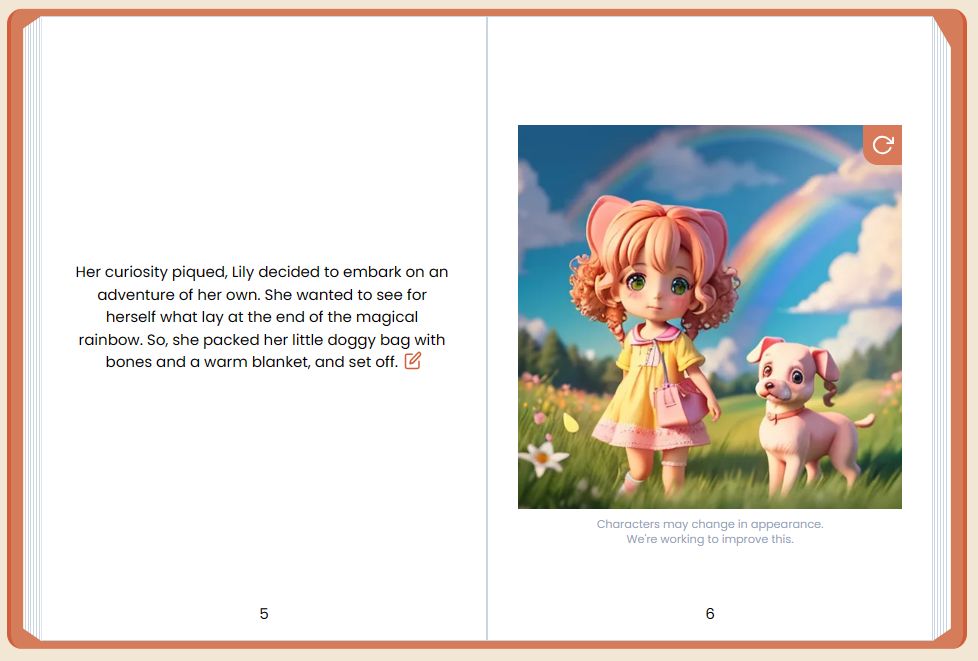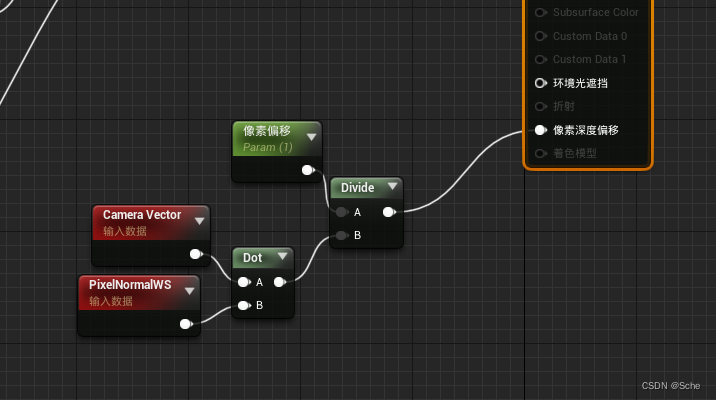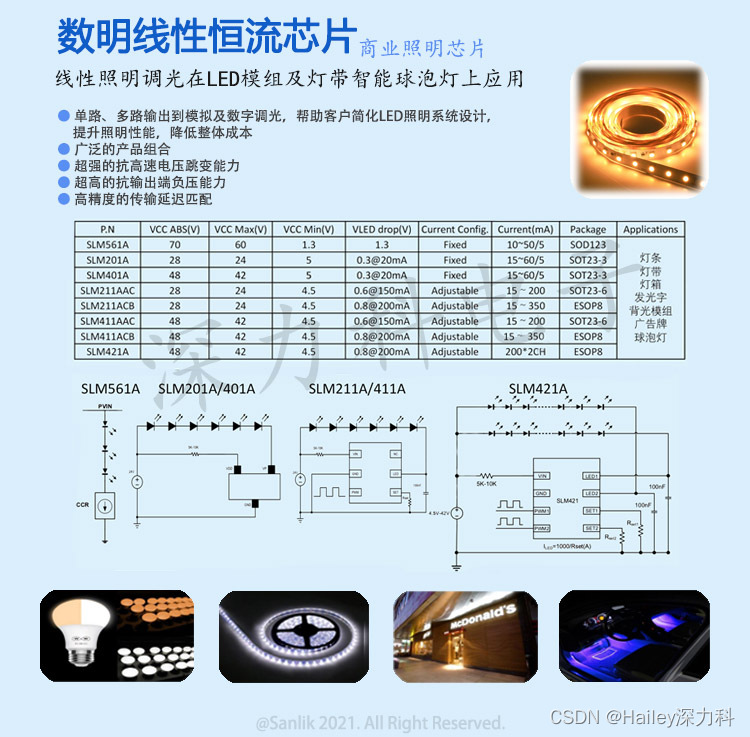232 使用堆栈实现队列
请你仅使用两个栈实现先入先出队列。队列应当支持一般队列支持的所有操作(、、、):pushpoppeekempty
实现 类:MyQueue
void push(int x)将元素 x 推到队列的末尾
int pop()从队列的开头移除并返回元素
int peek()返回队列开头的元素
boolean empty()如果队列为空,返回 ;否则,返回truefalse
说明:
你 只能 使用标准的栈操作 —— 也就是只有 , , , 和 操作是合法的。push to toppeek/pop from topsizeis empty
你所使用的语言也许不支持栈。你可以使用 list 或者 deque(双端队列)来模拟一个栈,只要是标准的栈操作即可。
示例 1:
输入:
[“MyQueue”, “push”, “push”, “peek”, “pop”, “empty”]
[[], [1], [2], [], [], []]
输出:
[null, null, null, 1, 1, false]
解释:
MyQueue myQueue = new MyQueue();
myQueue.push(1); // queue is: [1]
myQueue.push(2); // queue is: [1, 2] (leftmost is front of the queue)
myQueue.peek(); // return 1
myQueue.pop(); // return 1, queue is [2]
myQueue.empty(); // return false
提示:
1 <= x <= 9
最多调用 次 、、 和100pushpoppeekempty
假设所有操作都是有效的 (例如,一个空的队列不会调用 或者 操作)poppeek
解决方案:
提供思路
将一个栈当作输入栈,用于压入 push 传入的数据;另一个栈当作输出栈,用于 pop和 peek操作。
每次 pop 或 peek时,若输出栈为空则将输入栈的全部数据依次弹出并压入输出栈,这样输出栈从栈顶往栈底的顺序就是队列从队首往队尾的顺序。
上代码:
public class MyQueue
{
Stack<int> inStack;
Stack<int> outStack;
public MyQueue()
{
inStack = new Stack<int>();
outStack = new Stack<int>();
}
public void Push(int x)
{
inStack.Push(x);
}
public int Pop()
{
if (outStack.Count == 0)
{
In2Out();
}
return outStack.Pop();
}
public int Peek()
{
if (outStack.Count == 0)
{
In2Out();
}
return outStack.Peek();
}
public bool Empty()
{
return inStack.Count == 0 && outStack.Count == 0;
}
private void In2Out()
{
while (inStack.Count > 0)
{
outStack.Push(inStack.Pop());
}
}
}
以上是碰到的第二百三十二题,后续持续更新。感觉对你有帮助的小伙伴可以帮忙点个赞噢!


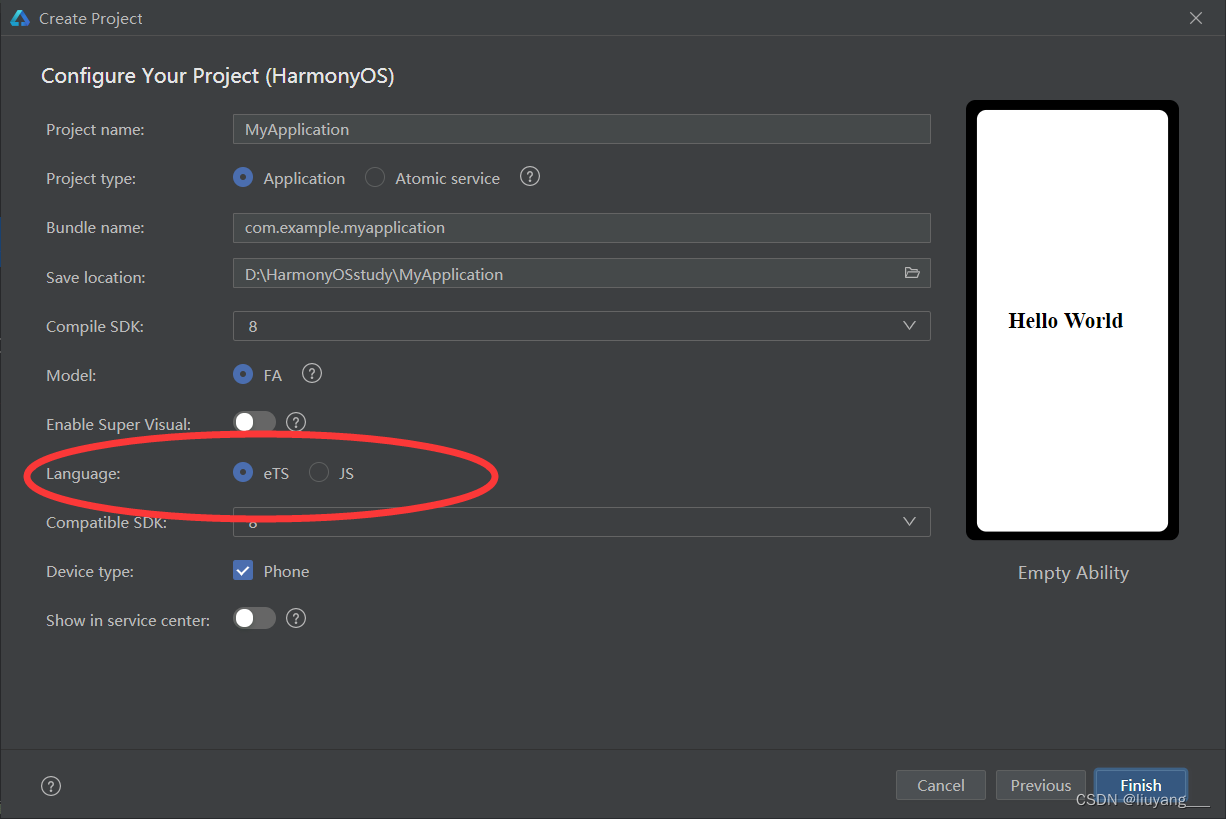
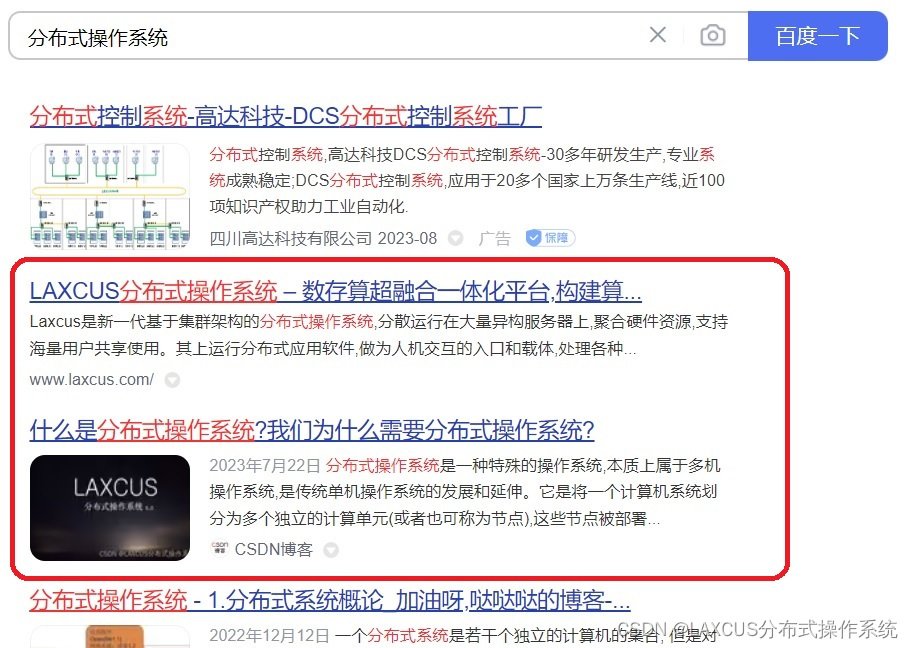



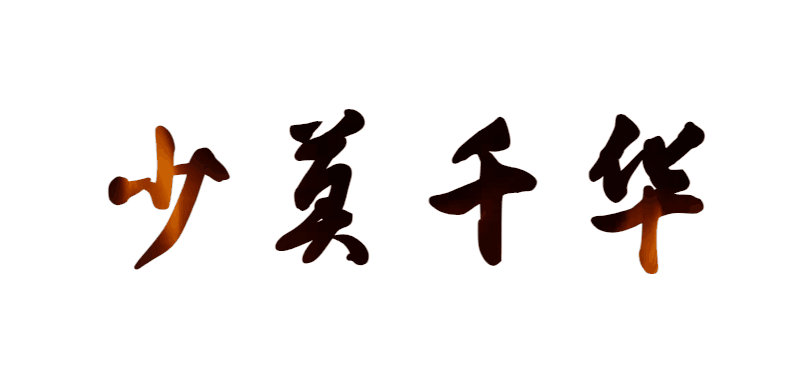
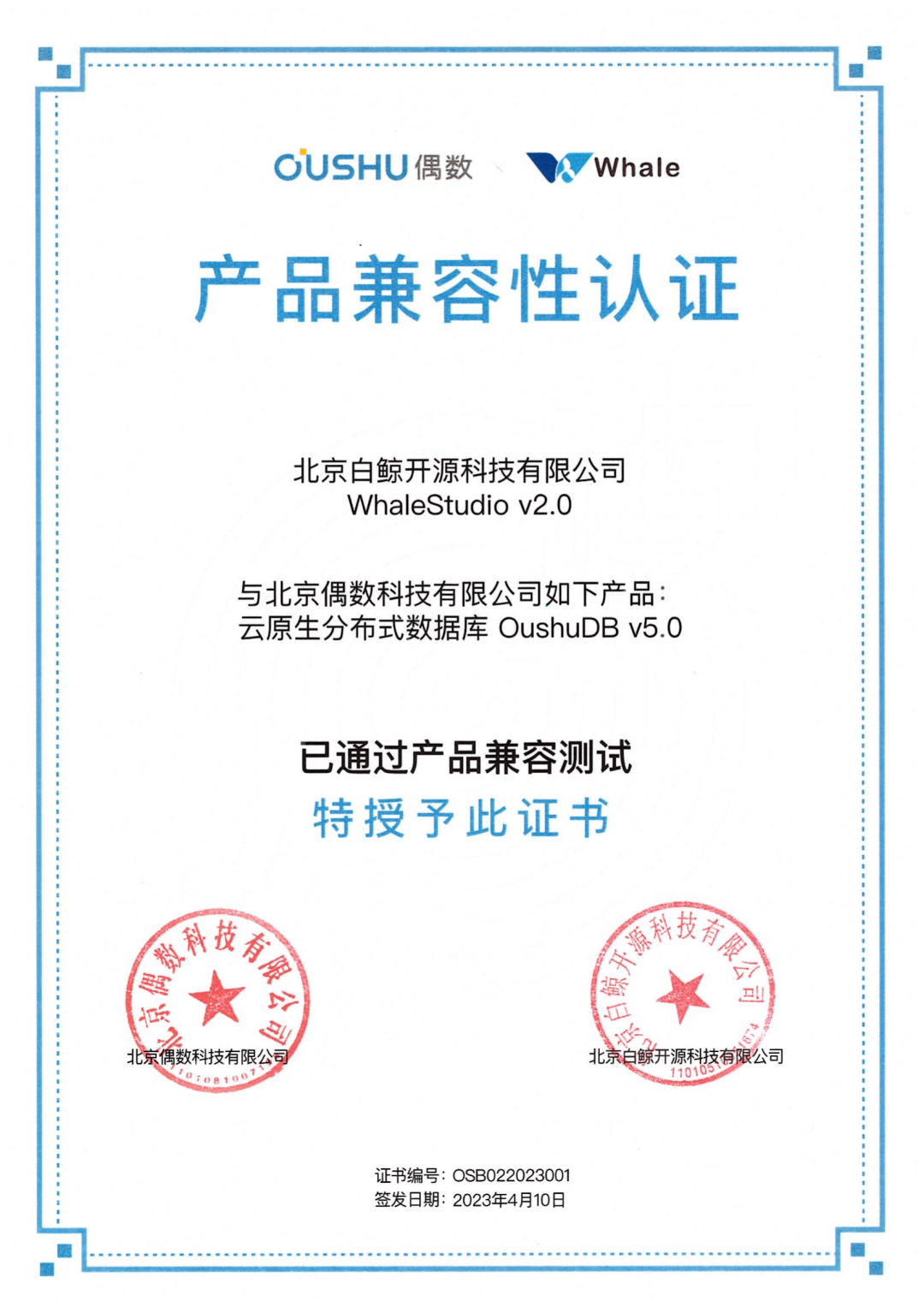
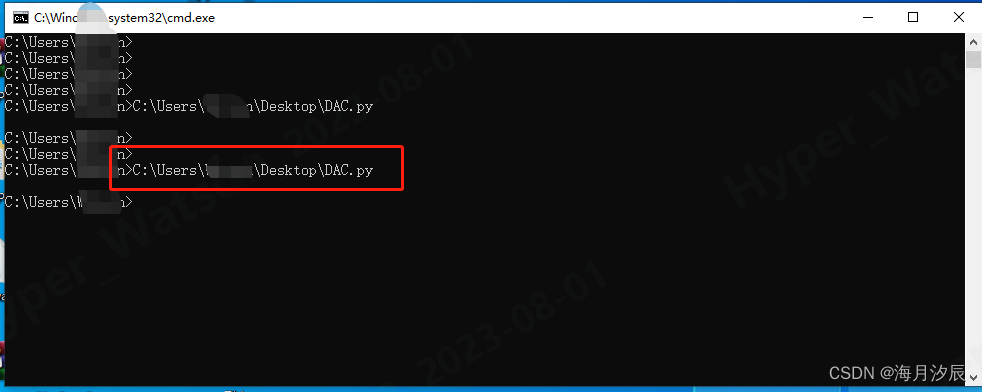







![[每日习题]动态规划——公共子串计算 通配符匹配——牛客习题](https://img-blog.csdnimg.cn/e19608538d5d42aca1ff37421df23e73.png)
